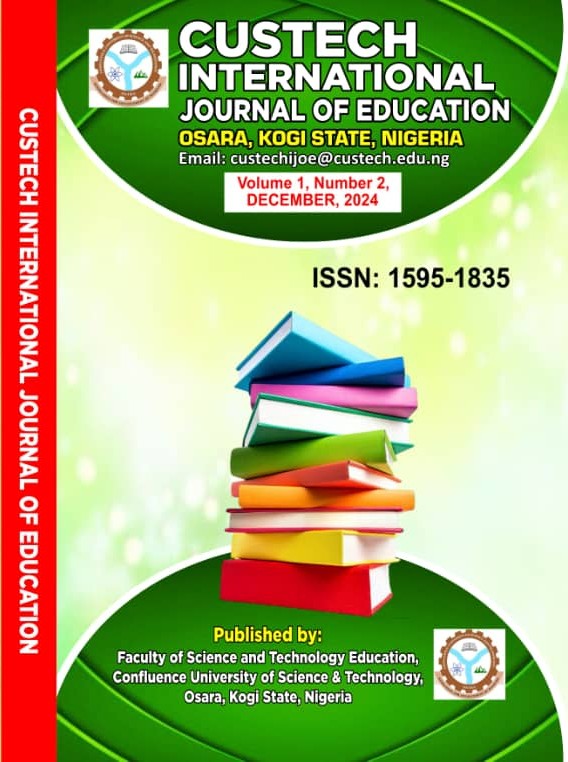THE EVOLUTION OF ATOMIC PHYSICS AND INTEGRATION OF DIGITAL LEARNING TOOLS IN SECONDARY EDUCATION
Keywords:
Atomic physics, digital learning tools, virtual laboratories, educational technologyAbstract
This article examines the evolution of atomic physics, from ancient philosophical speculation to contemporary quantum mechanics, and argues for integrating digital learning tools in secondary education. It traces the development of atomic theory from Democritus’s concept of indivisible atoms to our current understanding of atomic and subatomic particles, highlighting significant milestones such as J.J. Thomson’s discovery of the electron and Rutherford’s nuclear model. Additionally, it explores the impact of quantum theory and the emergence of quantum computing. Emphasis is placed on the importance of digital tools, such as interactive simulations and virtual labs, in helping students understand complex ideas. Challenges faced in developing countries, including limited technology access and insufficient teacher training, are also discussed, with suggestions for overcoming these obstacles. By incorporating digital tools into classrooms, education can better equip students for future scientific and technological advancements, fostering critical thinking and problem-solving skills.


